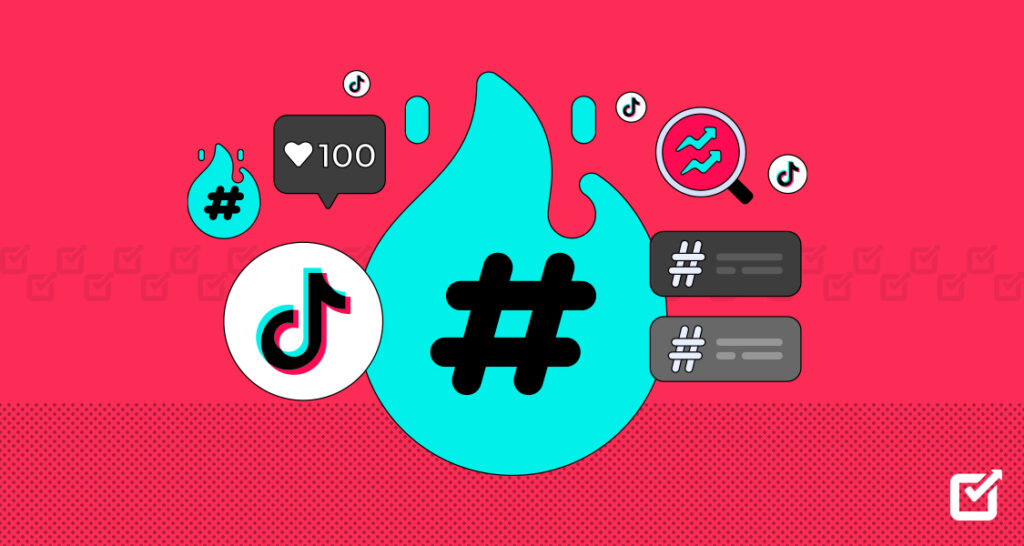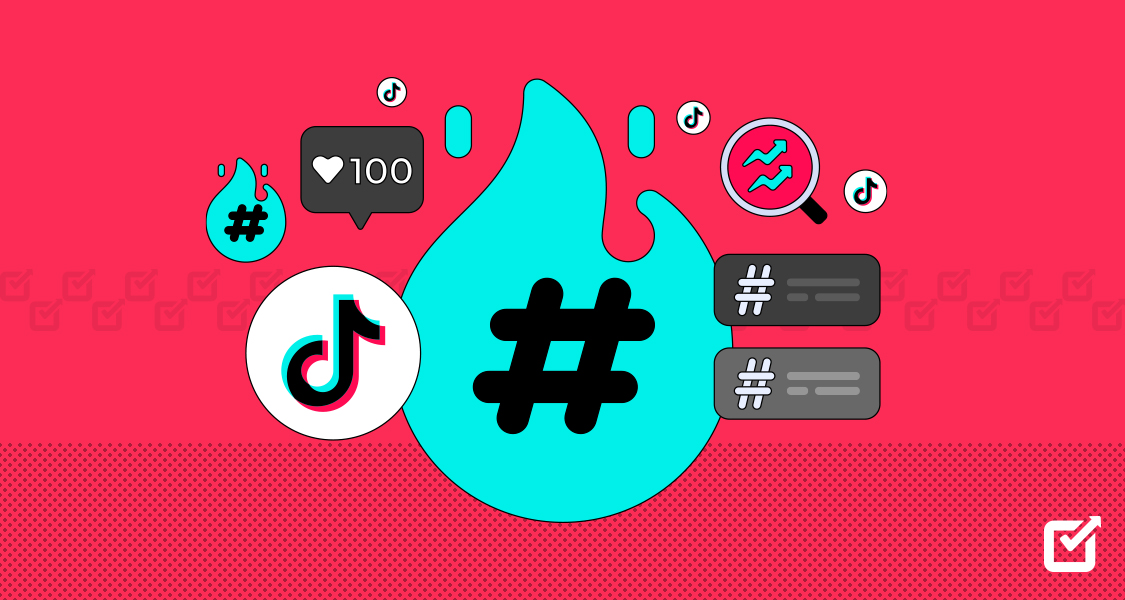In today’s PR landscape, virality is the holy grail. This is because it means that the content is getting lots of attention, that scarcest and most sought after resource in the Attention Economy that we all live in.
Clients crave content that trends fast, sparks conversations, and drives clicks straight to sales. They want the magic formula: instant visibility, mass engagement, measurable results. Before jumping into “how to go viral on TikTok,” it’s worth asking: do we actually understand what a trend is?
According to Wen Si, Tik Tok’s Global Product Marketing Manager, Developers & API at a recent Brandwatch webinar that my office sent me to, “A trend is a direction that builds momentum as it evolves and shapes the platform culture.”

Not all trends are built the same. Wen Si identifies three types of trends on TikTok, each with its own pace and purpose:
- Moment driven trends
These are the trends that ride on momentum. They’re fast, reactive, and often tied to cultural moments, current events, or viral sounds. What makes them work? Timing and the creator’s unique angle. - Organic, community-led trends
They start with subtle signals that are shared quietly from person to person before becoming the buzz of communities. These trends often started from something relatable or deeply relevant, sparking conversations that build naturally over time. - Strategic trends
Yes, some trends are built but carefully and intentionally. Brands or creators craft these with long-term planning, tailored messaging, and a deep understanding of their audience. These trends may take longer to catch on, but when done right, they’re more sustainable.
How do you ride a trend without falling off?
Wen Si emphasizes one essential starting point: know your audience. While organic content brings authenticity and buzz, it’s also unpredictable. That’s where paid content helps: it strengthens the message, ensures consistency, and boosts reach. The most effective approach is often a blend of organic momentum and paid creator partnerships.

But one common mistake with trends is oversaturation. When something gets repeated too often, people quickly get tired of it, which is called trend fatigue. In Attention Economy terms an abundance of information creates a poverty of attention.
Take the Velocity dance trend in Indonesia as an example. It gained massive traction during Ramadan, with users posting endless versions of the same format. But within 1 month, the trend burned out. Oversaturation can ruin even the best content if not paced or refreshed properly.
What makes a trend meaningful?
Going viral is one thing, but leading a campaign into real impact really depends on what your objective is. There’s no universal formula, but asking the right questions can help:
- Who’s driving it?
Who’s starting the conversation? Is the creator behind it someone who feels relevant and relatable? Their influence and credibility matter a lot when it comes to making content stick. - What are they talking about?
Is the topic funny, insightful, urgent, or just plain interesting? Great trends usually tap into something people want to talk about, or didn’t know they needed to. - Why is it trending?
Just because something’s popular doesn’t mean it’s meaningful. Some topics are meant to stay niche, and that’s okay. What matters is the impact, not the scale. - How does it connect to your brand?
Relevance is key. If the trend doesn’t align with your brand’s values or story, it’ll feel forced. People can tell when it’s not authentic.
Relevance is not just a buzz, it’s a strategy.
Many brands already have loyal communities who love their products. But often, they don’t fully tap into those communities to drive better communication. That’s a missed opportunity.
Wen Si shared this useful framework from the webinar: Earned Insights + Industry Insights = Stronger, Smarter Campaigns
- Earned insights come from the organic conversations already happening around your brand, which is what your audience is saying, doing, and caring about. This helps you stay relevant.
- Industry insights are broader trends and data within your brand’s category. These help you stay timely and strategic.
Here’s how to combine them:
- Define your brand profile: Know what makes your brand unique and identify topics that align with both your brand and your audience’s interests.
- Build seamless storytelling: Blend organic conversation with paid engagement to amplify the message.
- Respond with purpose: Use your industry knowledge to engage with your audience in ways that feel timely, thoughtful, and impactful.
Don’t chase the trends, shape them.
There’s no one-size-fits-all formula to make your campaign go viral. But there’s a method: listen closely, stay curious, and act with purpose. So instead of asking, “How do we go viral?” ask, “How do we stay meaningful?”. Because at the end of the day, relevance lasts longer than virality.
Written by Inezka Ramadhani, Sr. Associate – KOL & Community Outreach
